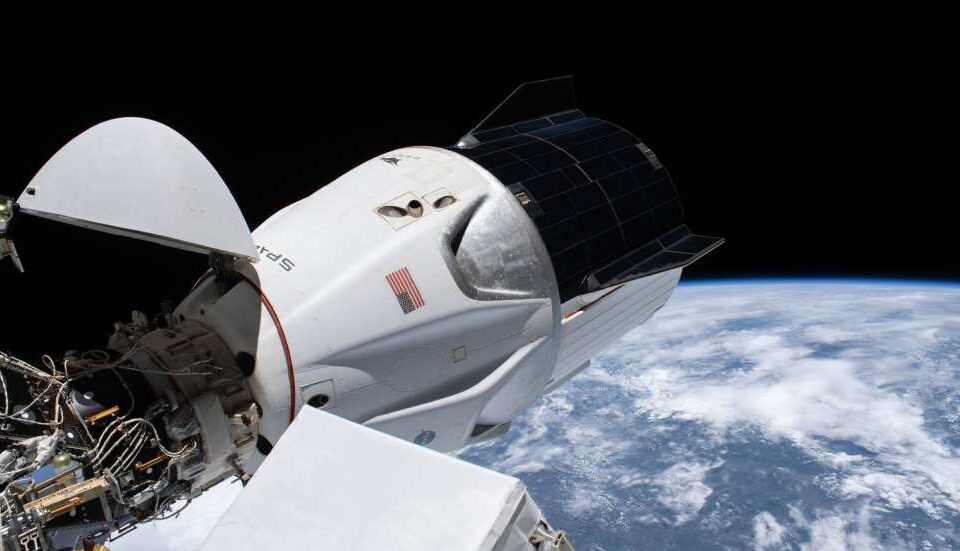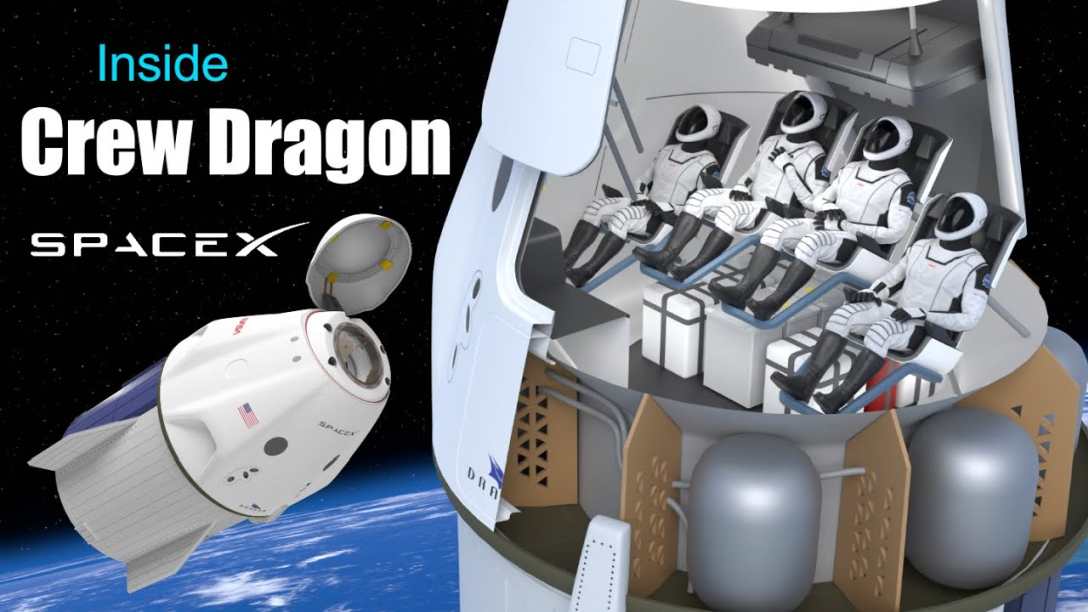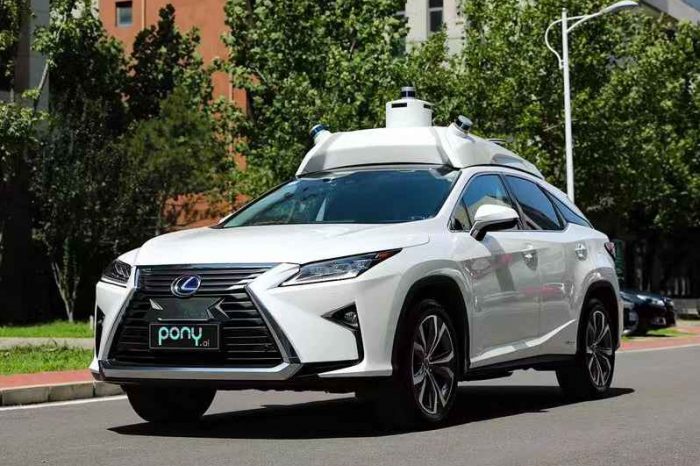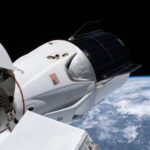NASA replaces Boeing’s Starliner with SpaceX’s Crew Dragon for two crew rotation missions to ISS in 2025

After a series of setbacks, NASA has decided not to use Boeing’s Starliner for two crew rotation missions next year, opting instead for SpaceX’s Crew Dragon for flights to the International Space Station (ISS) in 2025. Initially, NASA hoped Boeing’s CST-100 Starliner would be ready, but delays in certification have led the agency to rethink its approach.
In a statement on October 15, NASA confirmed it will rely on SpaceX for both the Crew-10 and Crew-11 missions, scheduled for early and mid-2025. Crew-10, set for February, will carry astronauts Anne McClain, Nichole Ayers, Japan’s Takuya Onishi, and Russia’s Kirill Peskov. The crew for Crew-11, slated for July, hasn’t been announced yet.
In its Updates for 2025 Commercial Crew Plan, NASA said:
“The timing and configuration of Starliner’s next flight will be determined once a better understanding of Boeing’s path to system certification is established,” NASA said in its statement about the 2025 missions. “NASA is keeping options on the table for how best to achieve system certification, including windows of opportunity for a potential Starliner flight in 2025.”
Meanwhile, NASA said it is still exploring all options to achieve system certification, including the possibility of scheduling a Starliner flight in 2025
The news comes just a few weeks after SpaceX Dragon safely docked at the International Space Station to rescue stranded Boeing astronauts, following the Boeing’s Starliner engine failure that NASA determined made the thrusters unsafe for a crewed return to Earth.
NASA opted for SpaceX’s Crew Dragon to bring the astronauts back after the Starliner was deemed too risky for crew transport. The Starliner’s maiden flight faced significant issues, including thruster failures and helium leaks, prompting NASA to return the spacecraft without its intended passengers.

Meanwhile, Boeing’s Starliner was expected to be certified in time for these missions, but ongoing issues from the Crew Flight Test, which launched in June 2023, have caused setbacks. NASA now expects the Starliner-1 mission to take off no earlier than August 2025. Boeing’s path to system certification remains uncertain, and NASA continues to evaluate whether another test flight will be required.
NASA Deputy Administrator Pam Melroy, speaking at the International Astronautical Congress (IAC), acknowledged the ongoing reviews and the open question of whether a new test flight is needed, without offering a specific timeline for a decision.
In the meantime, NASA’s focus has turned to SpaceX’s Crew Dragon, which has proven to be a reliable workhorse for the agency. NASA and SpaceX are also working in parallel with Roscosmos to determine whether their seat exchange agreement will continue, ensuring astronauts from both agencies can fly aboard each other’s spacecraft in case of future delays.
Boeing’s Starliner program has faced multiple challenges, including thruster problems and helium leaks. While NASA is keeping options open for a possible Starliner flight in 2025, it’s clear that SpaceX will continue to play a critical role in NASA’s crewed missions for the foreseeable future.
Meanwhile, the Washington Post reports that Boeing’s Starliner contract was significantly larger than SpaceX’s—$4.2 billion compared to $2.6 billion—despite Starliner’s repeated setbacks. With its future now uncertain, Boeing has faced years of delays and issues that have led to $1.6 billion in cost overruns.

International Space Station (ISS)




